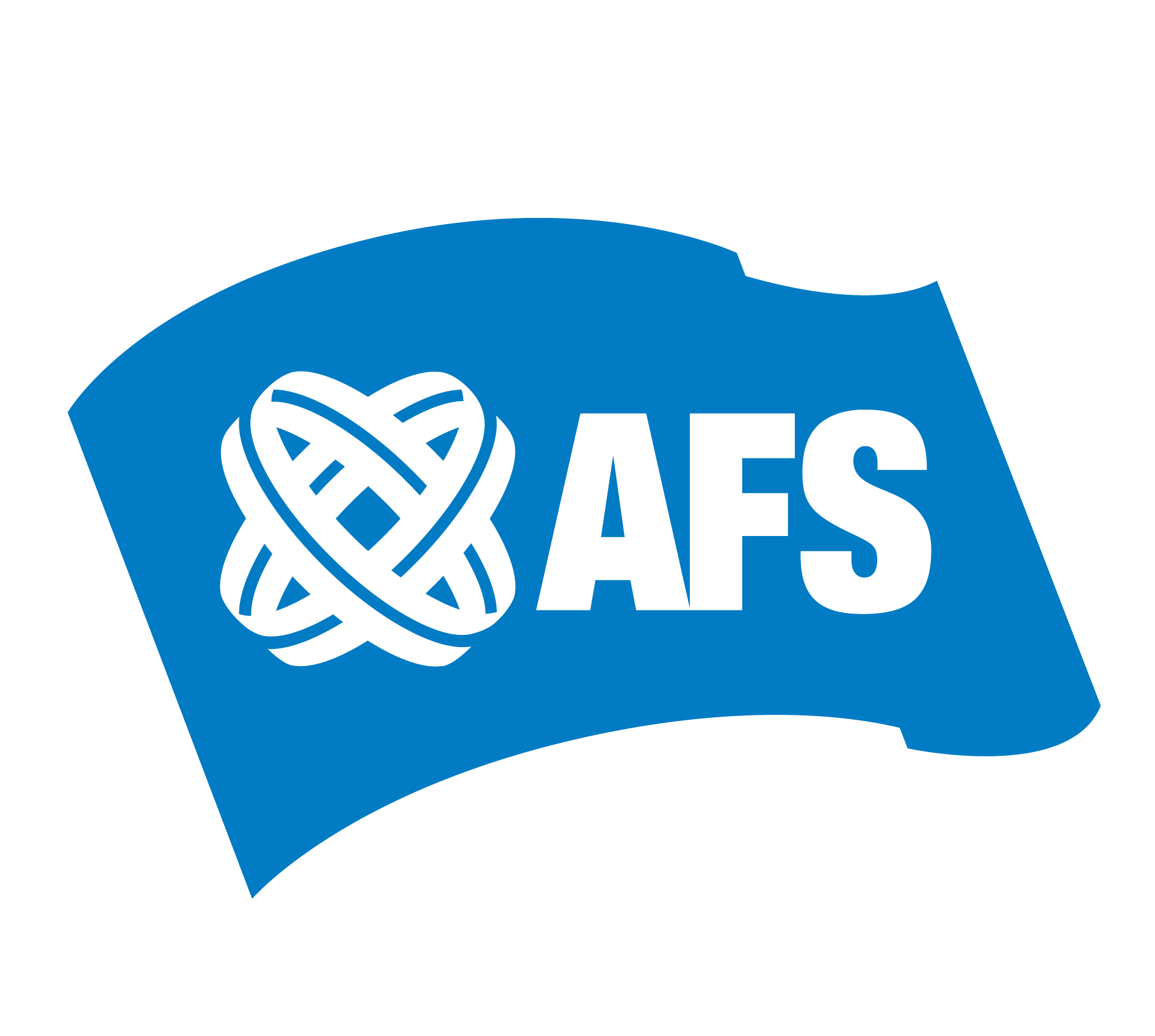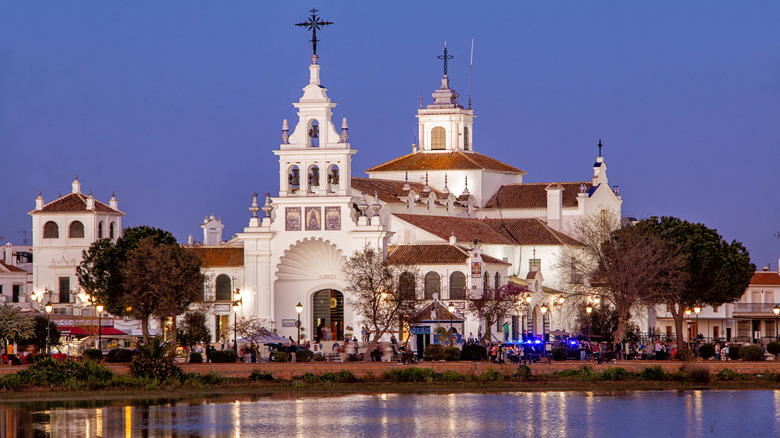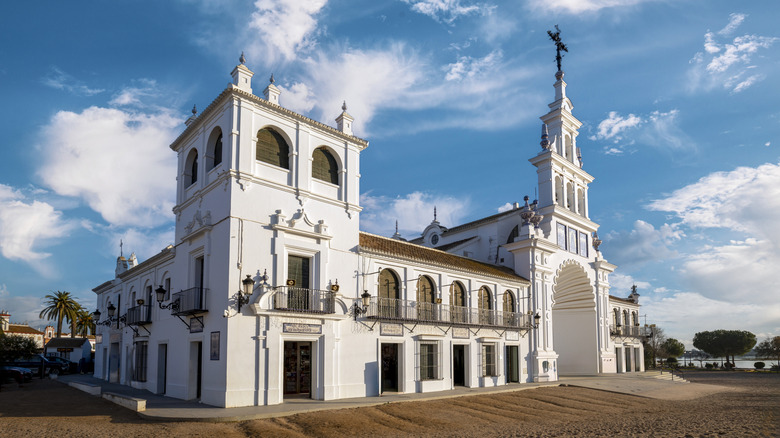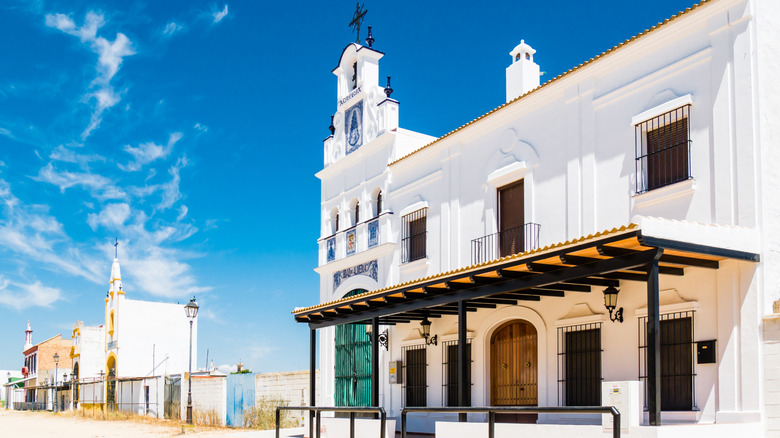If your image of a Spanish village involves cobblestone streets, you might be surprised by what you find in El Rocío. This settlement in southern Spain’s Andalusia countryside region does away with pavement altogether, welcoming you instead with broad avenues of soft sandy streets. It can feel like you’ve walked onto a Western film set, a place where seeing horses tied to wooden rails is a part of daily life. Don’t look for traffic lights or painted road lines here either. Your experience in El Rocío is guided by an older rhythm, one deeply connected to its equestrian heyday.
When you visit, you’ll also notice that the culture of flamenco is closely tied to El Rocío, especially during its main annual event, the Romería de El Rocío. This pilgrimage is a massive religious event that draws around a million people each year. During the days of the pilgrimage, the air fills with the sounds of traditional flamenco songs, particularly sevillanas (a Seville-style song and dance), sung by everyone who participates. The music is often coupled with Spanish guitars and the rhythmic hand-clapping known as palmas. Many women who go to the event wear traditional flamenco-style dresses (also known as trajes de flamenca), with flowing, ruffled skirts.
This Spanish city’s astonishing architecture is made up of white-painted houses, many with balconies, that line the sandy roads. A large number of these structures are brotherhood houses, or hermandades, which are kept and maintained by Catholic fraternities from different Spanish towns. These houses are used almost exclusively during the week of Romería de El Rocío. The main square (similar to a downtown area) features the large, white Sanctuary of Nuestra Señora del Rocío, the central point for the event.
The food and things to do in El Rocío
When you’re heading to Spain this summer, there are some things you can expect in this record-breaking travel season. Thankfully, El Rocío is not on many travelers’ radars. You’ll find the main things to do are connected to the village’s faith and its wild surroundings. You can step inside the Ermita de El Rocío, the town’s main church and the focus of the Romería de El Rocío, without paying an entrance fee. You can also check out the Museo Tesoro de la Virgen del Rocío to get a better feel for the local history and culture.
Your visit should also include Doñana National Park, which is right next to the village. It’s a huge European wetland with marshes, forests, and sand dunes. The park is a great spot for seeing flamingos and is a protected home for the endangered Iberian lynx. To see the park up close, you can book a guided 4×4 tour, try horseback riding, or walk the trails that start from visitor centers like La Rocina and El Acebuche.
When you get hungry, you’ll find that the food in El Rocío gets its flavors from local farms and fresh seafood from the nearby Atlantic. You can try traditional dishes like salmorejo, a cold tomato soup, or the caldito rociero, a hearty stew that’s known to be a good pick-me-up after a long day of travel. You will also find lamb and local mostrenca beef, usually served with a side of local white bread called “hallulla.” For a place to eat, you could check out Aires de Doñana, which has gotten a call-out from the Michelin Guide for its cooking and views of the lagoon, or head to Restaurante Punto de Encuentro and Restaurante Toruño for more dishes centered on local products.



